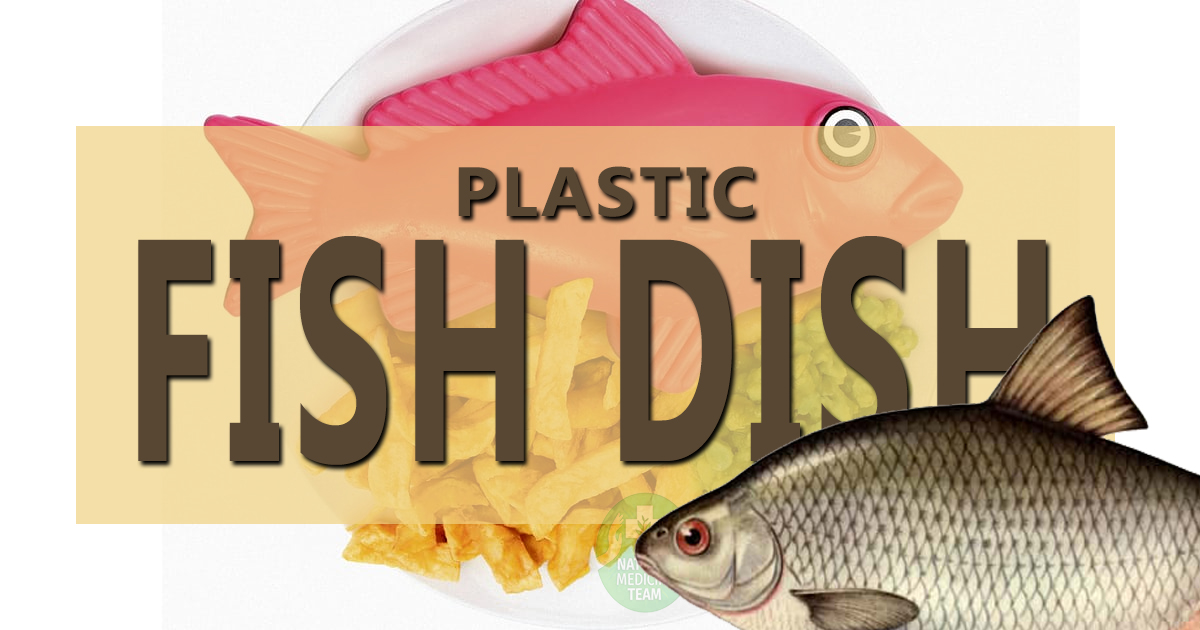Plastic waste ends up largely in our oceans and now cover about 40% of the world’s ocean surfaces! Fish Are Actively Seeking Out Tiny Plastic Particles as Food..

It is well-known that various forms of marine life are ingesting the plastic and this is thought to be an accident. According to a new research, fish may be actively seeking out the plastic particles, mistaking them for food. The thing is that those microplastics form a biological covering that smells like the regular food the fish feed on. Matthew Savoca, the study author, said that when plastic floats at sea its surface gets colonized by algae which produce and emit an algal-based compound that various animals use to find food. That’s why animals like fish can’t distinguish plastic as not food!
Plastic can cause lethal and sublethal problems in fish, according to researchers. Also, it can serve as a “route for bioaccumulation of toxic compounds throughout the food web”.
-
How Much Plastic Are Fish Eating?
Fish in the North Pacific are known to ingest 12,000 to 25,000 tons of plastic every year, according to the Center for Biological Diversity. One-quarter of the fish from fish markets in California and Indonesia were found to have plastics in their guts.
The potential for humans to consume microplastics as contaminants in seafood is very real, noted researchers. A study from 2014 showed that microplastics can be found in oysters and mussels offered in supermarkets. With this being said, the average European who eats shellfish consume 11,000 microplastics per year. Another disturbing information is that freshwater creatures are also at risk!
-
Why Are Microfibers Disastrous for Marine Life?
Microfibers from clothing which are released during washing, represent an important part of the plastic pollution entering the oceans. It turns out that the practice of recycling plastic bottles into clothing items may ultimately end up being environmentally destructive!
There are still no answers about the environmental effects of microfiber pollution. It could be their irregular shape which may make them harder for marine life to excrete. They might be harming marine in two ways- physical blockage and chemical poisoning. Installing filters in washing machines would be one solution for this problem.
